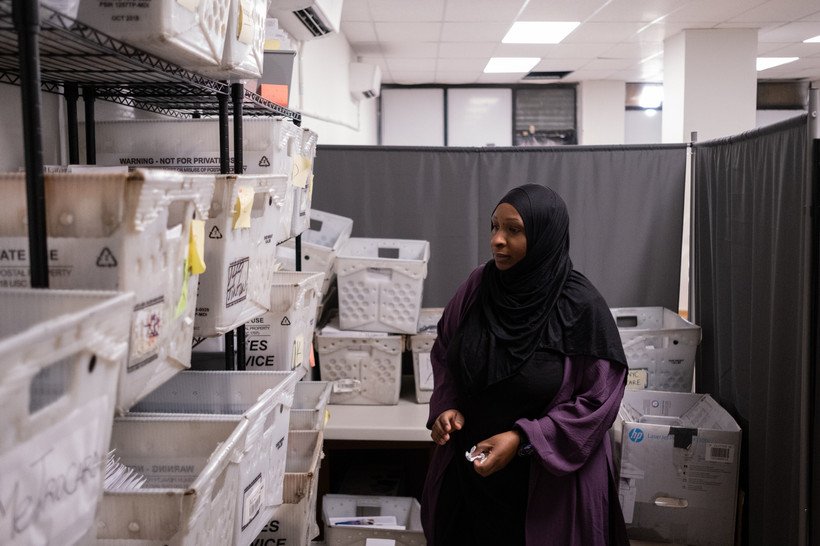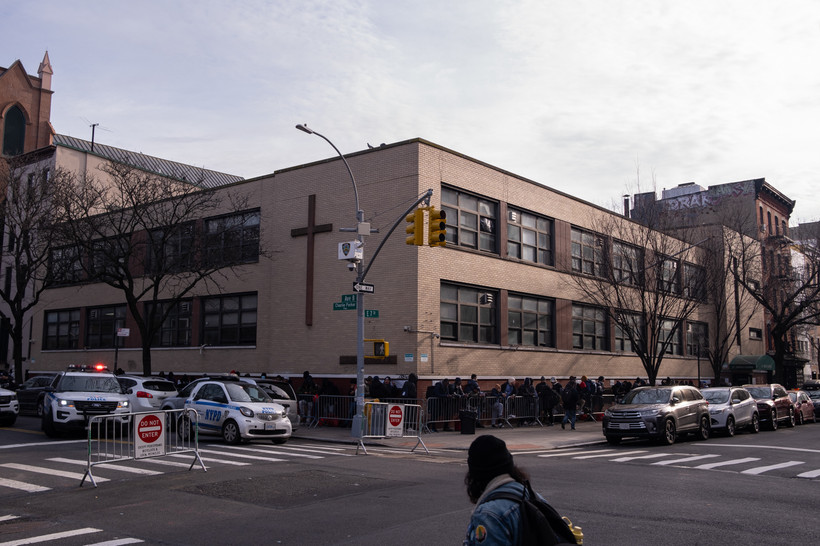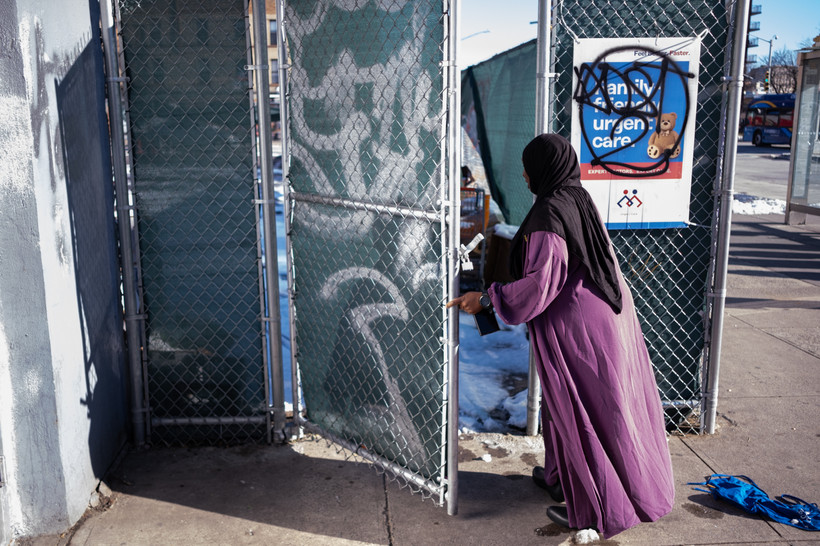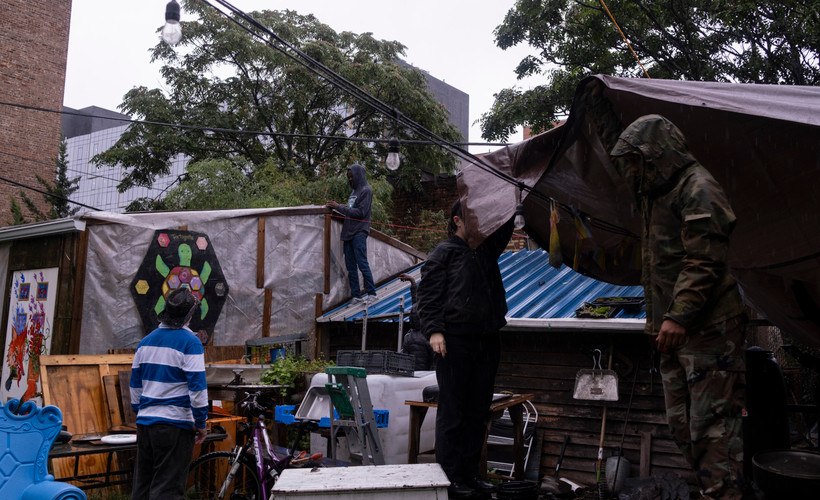Adams Administration Shelter Policy Disproportionately Evicts African Migrants
Migrants from Mauritania and Senegal were the most likely to receive eviction notices, but not the most populous groups in shelters, a New York Focus analysis found.
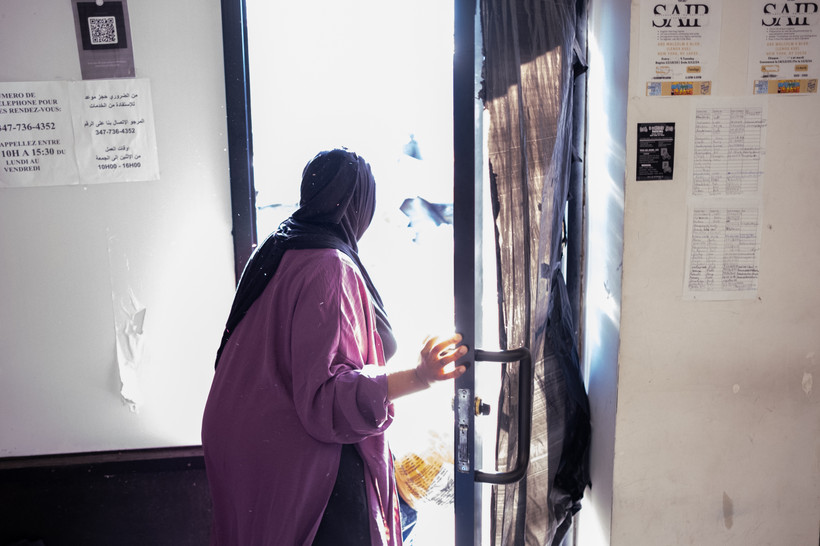
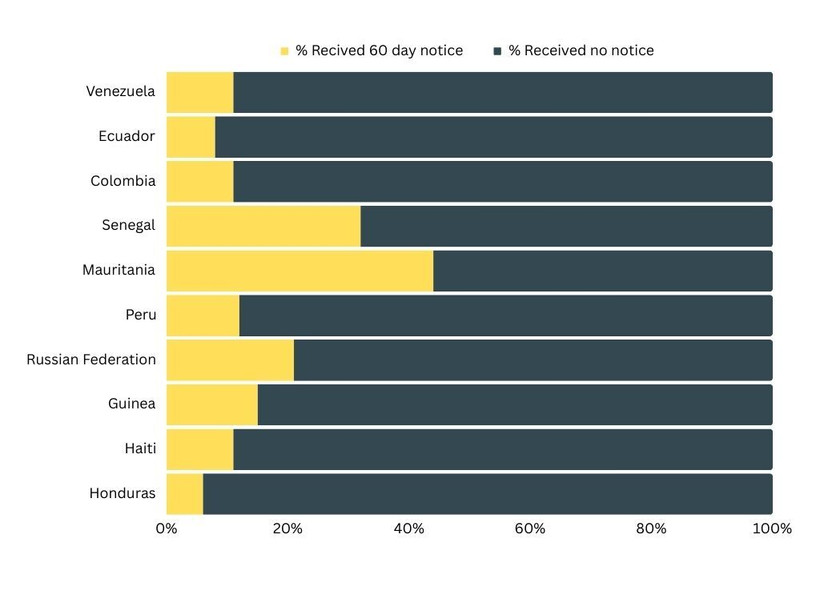
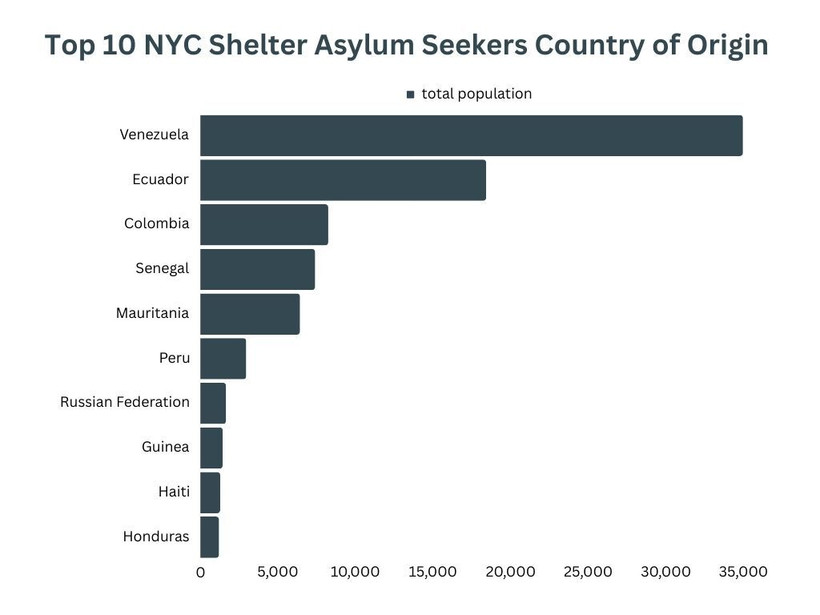
Left: Proportion of migrants served eviction notices per country of origin between July and October 2023. Right: Total population by nationality between September 2022 and October 2023.
The Adams administration put a 60-day limit on migrants' shelter stays last July. In September, the administration reduced the limit to 30 days for single adults.
New York Focus analyzed 14,000 shelter notices served between July and October 2023, obtained via FOIL request to the NYC Office of Emergency Management.
The eviction notices have continued since then. As of December, the city had issued nearly 36,000 notices.
For a picture of the shelter population, New York Focus analyzed data for 94,000 asylum seekers collected between September 2022 and October 2023, but not broken down by month. During that period, the top countries of origin were Venezuela, Ecuador, Colombia, Mauritania, and Senegal.
